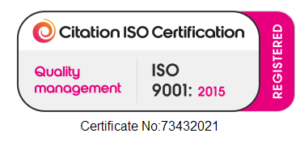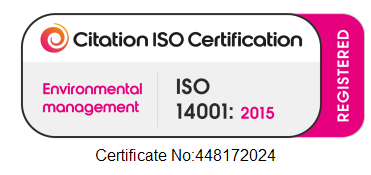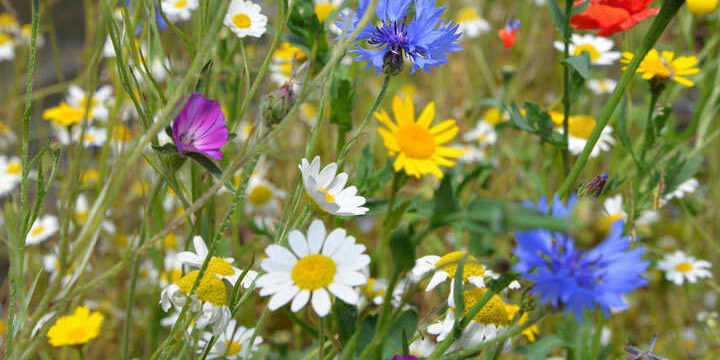A close look at the benefits of Wildflowers
Wildflowers offer a multitude of benefits that extend far beyond their visual beauty. These resilient and diverse plants play a vital role in ecosystems and provide various advantages to both the environment and human well-being. Let’s explore some of the ways wildflowers can make a positive impact:
1. Biodiversity Support: Wildflowers are native to their specific regions and have evolved over time to thrive in local ecosystems. By planting native wildflowers, you’re helping to preserve local biodiversity. These plants provide habitat and food for a wide range of insects, birds, and other wildlife, contributing to a healthier and more balanced ecosystem.
2. Pollinator Habitat: Many wildflowers attract pollinators such as bees, butterflies, and hummingbirds. Pollinators are essential for the reproduction of numerous plant species, including food crops. Creating a habitat rich in wildflowers helps support pollinator populations, which in turn benefits agriculture and the environment.
3. Soil Health and Erosion Control: Wildflowers have deep root systems that help prevent soil erosion. Their roots also enhance soil structure and microbial activity, promoting healthier soil. This can lead to improved water retention, reduced runoff, and enhanced overall soil health.
4. Water Conservation: Native wildflowers are adapted to local climates and require less water than non-native species. By incorporating them into landscaping, you can reduce water consumption and contribute to water conservation efforts.
5. Carbon Sequestration: Plants, including wildflowers, play a role in capturing and storing carbon dioxide from the atmosphere. This helps mitigate the impacts of climate change by reducing greenhouse gas levels.
6. Education and Awareness: Planting wildflowers can serve as an educational tool to raise awareness about the importance of native plants and their role in supporting ecosystems. It’s an opportunity to engage with your community and inspire others to take action for environmental conservation.
7. Aesthetic Beauty: Of course, the visual appeal of wildflowers is undeniable. They bring vibrant colors, textures, and a sense of natural beauty to landscapes, gardens, and public spaces.
8. Mental and Emotional Well-being: Being in the presence of natural landscapes, including wildflowers, has been shown to reduce stress, improve mood, and enhance overall well-being. Their beauty and connection to nature can have a positive impact on mental health.
9. Habitat Restoration: In areas where natural habitats have been disrupted or destroyed, planting native wildflowers can aid in habitat restoration efforts. This supports the return of local wildlife and enhances the overall health of ecosystems.
10. Sustainable Landscaping: Using wildflowers in landscaping practices aligns with principles of sustainability. They require less maintenance, fewer chemicals, and less water compared to non-native ornamental plants.
Incorporating wildflowers into various aspects of our lives, from gardening to conservation initiatives, allows us to contribute to a healthier planet and create spaces that benefit both nature and ourselves. It’s a beautiful reminder of the interconnectedness of all living beings and the positive impact we can have when we work in harmony with the environment.
Photo taken at Killyhevlin Business Centre










